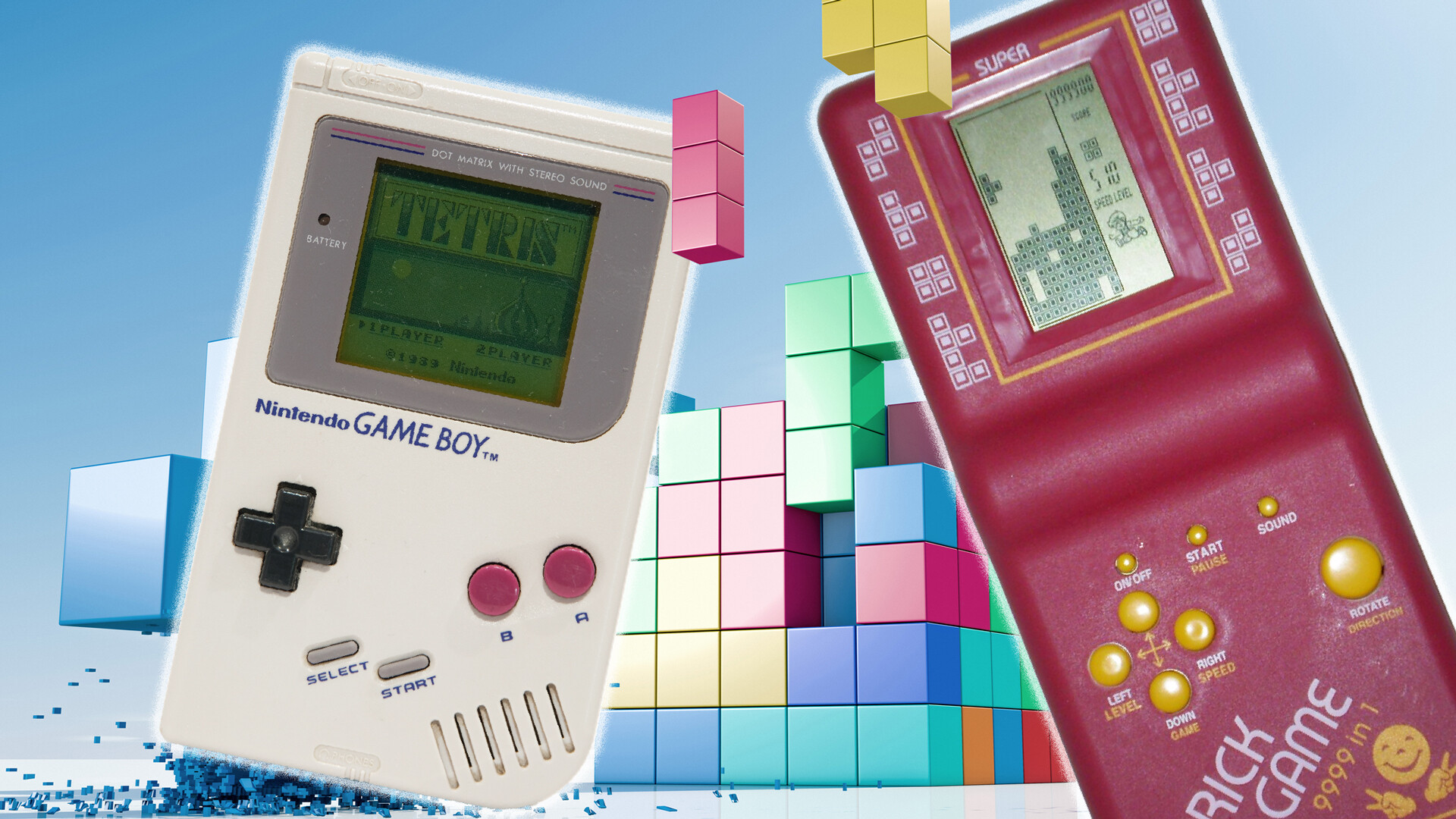
The ‘GAZelle’ van with ‘Tetris’ was released back in 2016; in total, for 39 years of the game’s existence, it’s been integrated in all possible appliances, including washing machines and even cars.
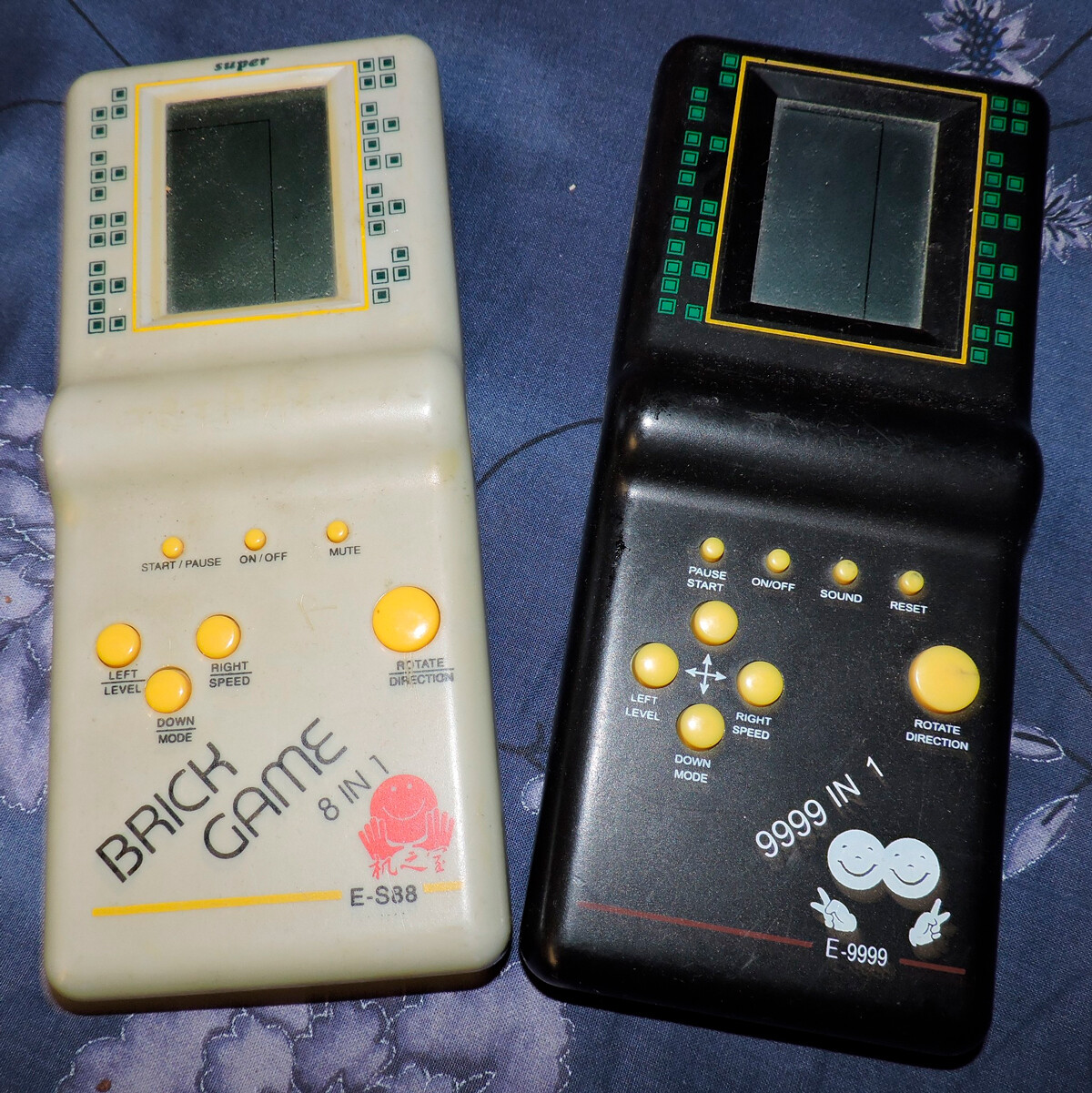
‘Tetris’ is one of the most popular games in the world. There’s no unified and confirmed data on the sales and counting methods differ. But the game regularly ends up in various top 3 ‘games of all time’ lists, only occasionally giving way to Minecraft (238 million copies) and Grand Theft Auto 5 (175 million copies).
According to the creators of ‘Tetris’, if we consider the multi-platform version, then, since 1984, more than 520 million copies of the game have been sold. That places it first with a large margin. But, the point is not even in the sales – ‘Tetris’ can be played for absolutely free on its official website and hundreds more places. The matter is, this video game became a cultural phenomenon, one of the most recognized symbols of digital entertainment, a living monument to the startup spirit.
The Russian song ‘Korobushka’ - the game’s soundtrack – is strongly associated specifically with ‘Tetris’ in the world. No one even remembers that, in reality, it has lyrics, borrowed from Nikolay Nekrasov’s poem ‘Korobeiniki’, written back in the 19th century. By the way, The ‘Tetris Company’ has owned the rights to the variations of ‘Korobushka’ for more than 10 years.

Alexey Makarenkov.
Personal archiveHow did ‘Tetris’ manage to conquer the world? “‘Tetris’ is a simple puzzle game with simple, but interesting rules, it’s very dynamic,” Alexey Makarenkov, a video game blogger, explains. “The logic of the game can be learned in mere seconds. It’s very easy to start playing, but it’s hard to become great at it. At the same time, the progress curve is very smooth. This game is timeless. Just like chess, checkers and other logic games.”

Alexey Pajitnov in 2013.
ImagineCup (CC BY 2.0)Tetris was designed by Soviet programmer Alexey Pajitnov in 1984. In the 1980s, he worked at the Computing Center of the Academy of Sciences of the Soviet Union – working on speech recognition on an Electronika 60 computer.
At that time, the mathematical puzzle game ‘Pentomino’ was popular in Moscow, where flat five-squared tiles made of wood had to be fitted into a box. To rest from his job, at night, Pajitnov decided to digitize this physical game. But, the old computer couldn’t handle it and the game had to be simplified.
Four-squared tiles – ‘tetrominoes’ – would fall down the playing field on screen. And that’s how the name ‘Tetris’ was born: from combining the word ‘tetra’ (‘four’ in Greek) and tennis (Pajitnov’s favorite sport). The first version of the game had no levels or points, but the author couldn’t stop playing his creation for several weeks. Although, not only Pajitnov has to be thanked for ‘Tetris’. His colleague, programmer Dmitry Pavlovsky, also got interested in the game and he acquainted Alexey with a young Academy of Sciences of the Soviet Union trainee named Vadim Gerasimov. The latter transported ‘Tetris’ to an IBM PC and then, along with Pajitnov, added point counting and sound to the game.
However, Pajitnov is considered the only creator of the game: Gerasimov was just 16 at the time and he was asked to sign an agreement refusing all rights to the game, his name being erased from all the documents. Gerasimov, Pavlovsky and Pajitnov all live and work overseas now. Pajitnov doesn’t give interviews to Russian media, while Gerasimov doesn’t get in touch.
Pajitnov dreamed of global fame for ‘Tetris’. But, the Soviet government intervened: monopolist company ‘Elektronorgtechnica’ (or ‘Elorg’), that was responsible for the import and export of software in the USSR and where the programmer himself would work at later, seized ownership. Since he had designed the game as a government company worker on a state computer, the rights to it belonged to ‘Elorg’ – meaning, to the state.
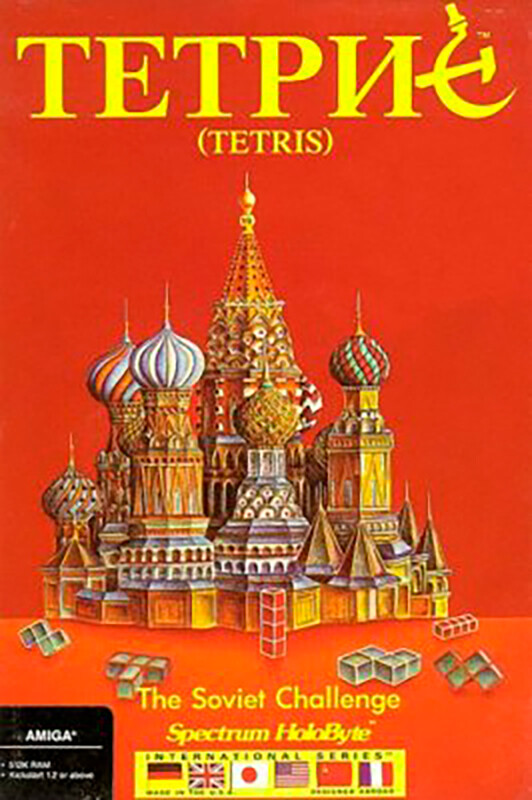
Owner of the English company ‘Andromeda Software’, Robert Stein, who was visiting Moscow at the time and dealt with software, was not aware of this situation. He negotiated the purchase of the promising game with Pajitnov personally and received a copy of the game from him. Stein immediately offered ‘Tetris’ to his partners from the British ‘Mirrorsoft’ (and its American subsidiary ‘Spectrum Holobyte’). In the end, the British and the Americans had already written up a contract for the game, the rights to which they hadn’t even bought from the USSR.
This incident surfaced quickly – CBS journalists, intrigued by the game from “behind the Iron Curtain”, interviewed Pajitnov. In the middle of the Cold War, Stein went to the USSR again for negotiations, but was refused. The price was too low.
The Americans, at the same time, had already prepared a PC version of ‘Tetris’, programming into it a range of Soviet tropes: red color, St. Basil’s Cathedral, Russian folk music in the background, a hammer and sickle in the name instead of the letter ‘S’… And then, the game was released for sale in the U.S. in 1989.
Tetris began conquering the world. Rumors about the game spread throughout the U.S. - that it was a secret KGB weapon that was supposed to paralyze the Western economy. Everyone who had a PC was playing ‘Tetris’, including during their work time. Fans greeted each other with the phrase “the KGB watches you”.
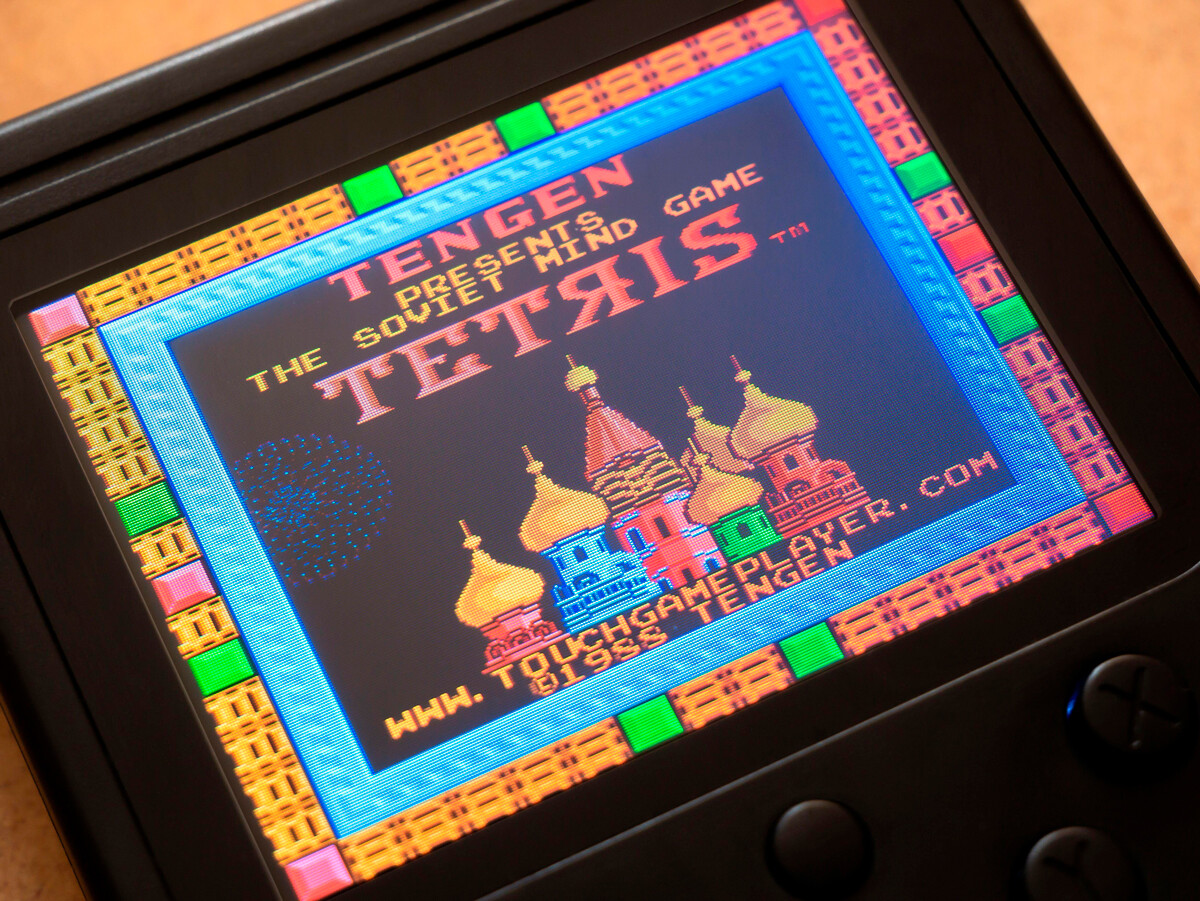
At this time, Japan joined the battle for ‘Tetris’ in the form of the ‘Nintendo’ company. Not knowing about the real copyright holders, it acquired the practically pirated game from other illegal owners and released its version on cartridges for the NES console (very well-known in the post-Soviet space, thanks to a pirate clone of the console called ‘Dendi’) with a circulation of two million copies.
It was with one of these cartridges that Henk Rogers – the president of a small Japanese company called ‘Bullet-Proof Software’, which bought a fake license from ‘Spectrum HoloByte’ for the development of console versions of ‘Tetris’ – arrived in Moscow in the same year of 1989. He had arrived in the USSR on Nintendo’s request to negotiate the official purchase of rights from ‘Elorg’ for a new Japanese handheld console dubbed the ‘Game Boy’. And Soviet officials finally agreed.
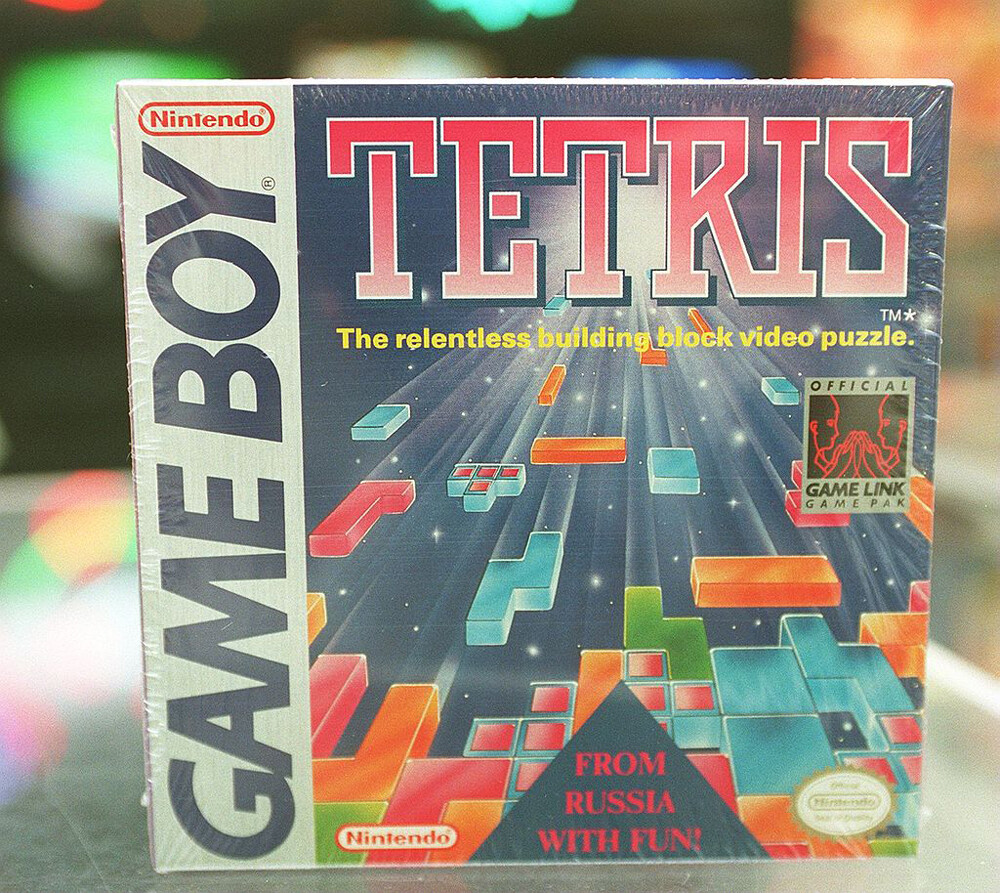
The cover of Nintendo Game Boy game, "Tetris".
David L. Ryan/The Boston Globe/Getty ImagesThe ‘Game Boy’ console sold more than 30 million copies. ‘Tetris’ alone earned Nintendo more than $3 billion. Over almost 40 years of the ‘Tetris’ history, Nintendo sold more than 43 million copies of the game. With all of this happening, there were a lot of lawsuits going on between several Japanese, American and British companies at once for the right to release ‘Tetris’ versions for all kinds of platforms.
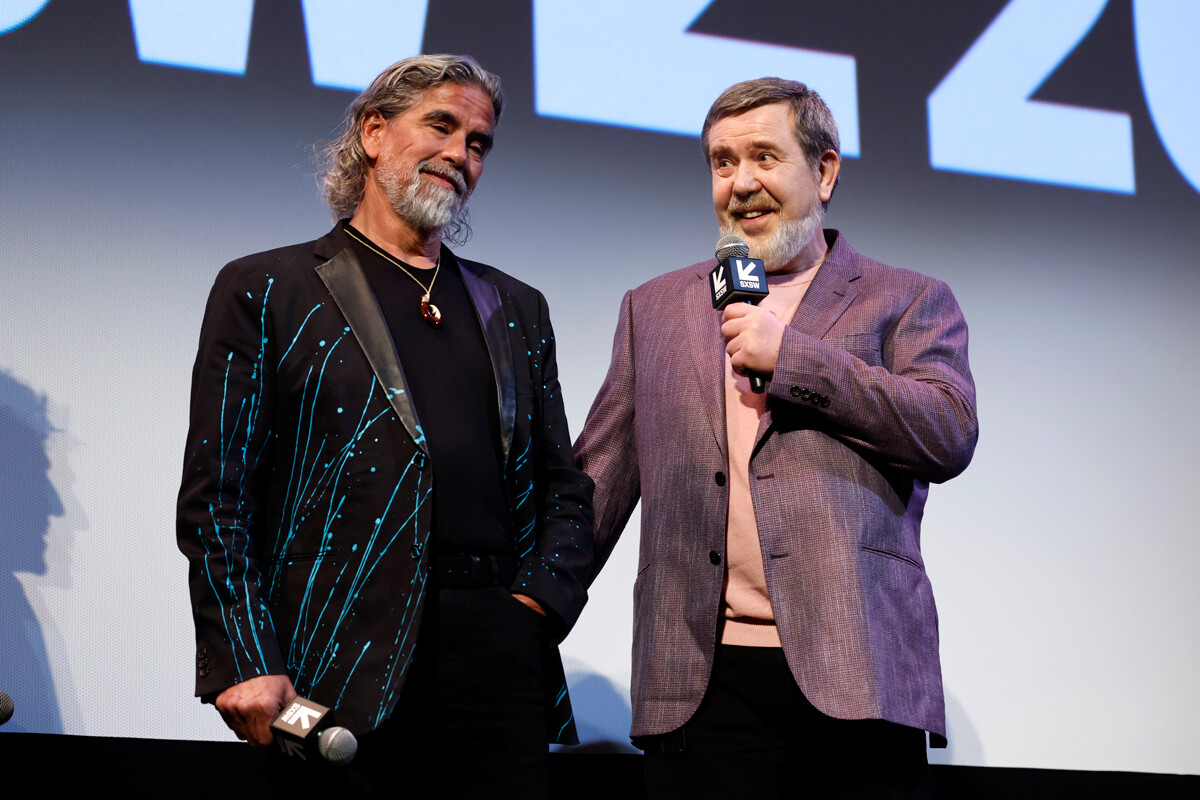
Henk Rodgers, Alexey Pajitnov, on stage during the Q+A for the "Tetris" world premiere at 2023 SXSW Conference and Festivals at The Paramount Theatre on March 15, 2023 in Austin, Texas.
Frazer Harrison/Getty Images for SXSWUntil 1996, Pajintov hadn’t received a cent for his creation. It was only then that the initial license had expired and he began receiving pretty modest royalties. At the time, having moved to the U.S., Pajitnov, along with Rogers, founded ‘The Tetris Company’. In the 2000s, the company began contesting copyrights, pursuing the removal of pirated versions and ‘Tetris’ clones from all kinds of platforms. The same ‘Elorg’ company (already privatized after the collapse of the USSR) was bought out by ‘The Tetris Company’ in 2005 for $15 million.

Konstantin Sakhnov.
Personal archive‘Tetris’ is a unique product, as Konstantin Sakhnov, the founder of the ‘Vengeance Games’ studio, believes – also due to the fact that it was created by a Soviet programmer, when video games were something novel for the time.
“The first mass successes of ‘gamedev’ [the process of developing a game – editor] began with the American game ‘Space Invaders’ (1971) and the Japanese ‘Pacman’ (1972). It was especially new for the Soviet consumer. They saw only games like ‘Battleship’ and ‘Nu Pogodi!’ (‘Well, Just You Wait!’) in arcades and handheld consoles. So, Alexey Pajitnov didn’t have this school of game development behind him, which began to emerge for the American and Japanese developers.”
According to Sakhnov, ‘Tetris’ is an example of a perfect balance: everything in the game has its own place and every element of it works towards the overall experience.
Tetris, by the way, is the most studied game in psychology. Scientists from the University of California even researched the so-called ‘Tetris Effect’. They learned that patients who played ‘Tetris’, even with amnesia, saw floating tiles before going to sleep and felt an urge to order them.
“Not just tiles, but anything that floats in front of you over a prolonged period of time will then float in front of your eyes, ‘Tetris’ is not the sole trigger,” Lev Perezhogin, a psychotherapist and a doctor of medicine, explains.
Incidentally, this effect was ridiculed in one of the episodes of the animated TV show ‘The Simpsons’, when Homer packs his things in the boot of his car like tiles from ‘Pentomino’ – with ‘Korobushka’ playing, by the way.
Dear readers,
Our website and social media accounts are under threat of being restricted or banned, due to the current circumstances. So, to keep up with our latest content, simply do the following:
If using any of Russia Beyond's content, partly or in full, always provide an active hyperlink to the original material.
Subscribe
to our newsletter!
Get the week's best stories straight to your inbox